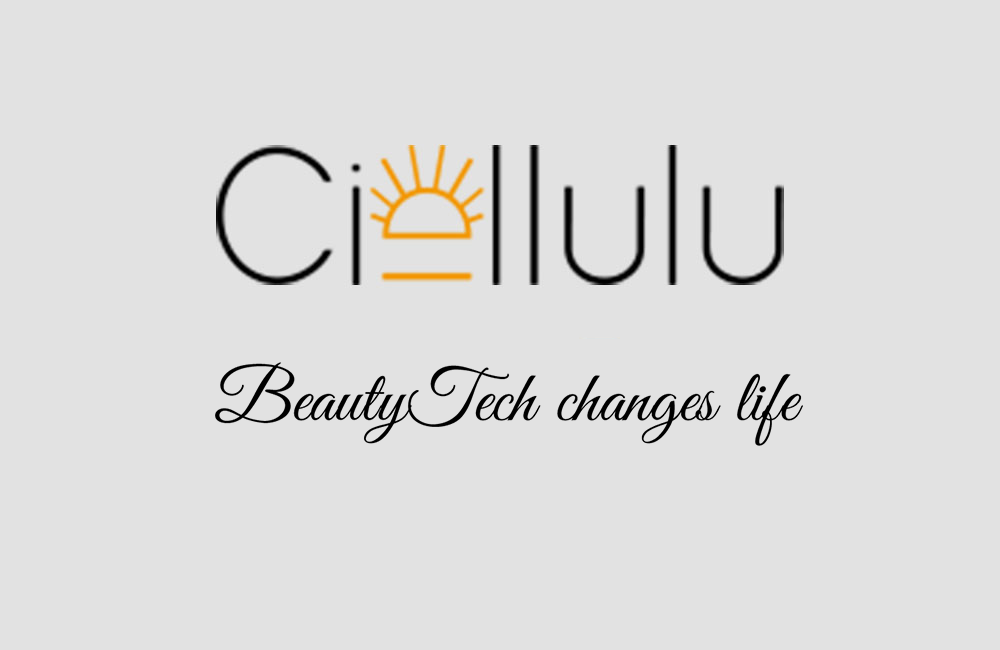Optimizing Treatment Parameters with the Ciellulu Liffan Q6

Optimizing Treatment Parameters with the Ciellulu Liffan Q6
Optimizing Treatment Parameters with the Ciellulu Liffan Q6
In providing versatile, effective, and individualized cosmetic and dermatological treatments, the Ciellulu Liffan Q6 reigns supreme as a top-of-the-line Q-switched Nd:YAG laser system. Optimal usage demands an understanding and execution of the appropriate treatment parameters to achieve the best results. Below, we explain how to adjust the energy settings, choose the right pulse duration, customize treatments, manage treatment frequency and scheduling, and ensure patient safety while maximizing efficacy.
Adjusting Energy Settings for Best Results
Regulating energy settings is paramount for optimizing results with the Ciellulu Liffan Q6. The Q-switched Nd:YAG laser allows for energy adjustments within the range of 100-1000 mJ. Lower energy levels should be used when treating delicate areas or superficial skin disorders, while higher levels can be employed for deeper or more complex lesions. Optimal energy settings vary depending on skin type, patient history, and the nature of the treatment area.
Choosing the Right Pulse Duration
Another crucial factor in achieving ideal treatment results is pulse duration. The Q-switched Nd:YAG laser boasts a selection of short and long pulse durations, ranging between 5 and 50 nanoseconds, alongside millisecond-long pulses for more specific applications. Short pulses are advisable for tackling superficial skin conditions and tattoos, while longer pulses are appropriate for deeper disorders. Careful selection of pulse duration can help generate impressive treatment outcomes while minimizing the risk of side effects.
Customizing Treatments for Tattoos and Skin Lesions
The Ciellulu Liffan Q6 is a remarkable tool for addressing a variety of patient concerns, ranging from tattoo removal to treating different types of skin lesions. For effective tattoo elimination, consider the tattoo's color, depth, and the patient's skin type before configuring treatment settings. Skin lesions require a similar approach, factoring in the depth and nature of the lesion. Customized parameters ensure optimal absorption of the laser and successful treatment outcomes.
Treatment Frequency and Scheduling
The success of the treatments delivered through the Q-switched Nd:YAG laser also requires the correct management of treatment frequency and scheduling. While the specific need and result timeline may vary between patients, most require a series of procedures for maximum benefit. The choice between spacing sessions a few weeks apart or intensive scheduling should be made in consultation with the patient, considering their skin's recovery response and their desired timeline for results.
Q6 Pigmentation Removal
Safety and Maximizing Efficacy
Lastly, the safety of the patient and the efficacy of the treatment must always go hand-in-hand. Use of protective eyewear, calibrating the laser settings appropriately and carrying out small-scale patch tests can help in preventing adverse effects. In addition, monitoring the skin's reaction post-treatment helps ensure the patient is not only receiving optimal results but is also safe and comfortable throughout the process.
In conclusion, optimizing treatment parameters with the Ciellulu Liffan Q6 requires a blend of knowledge about the laser system's operations and a deep understanding of the patient's specific needs and skin characteristics. By carefully controlling energy levels, pulse duration, customization, and frequency of treatments, clinicians can offer the highest levels of care, combining safety and efficacy in each procedure.
Source: Optimizing Treatment Parameters with the Ciellulu Liffan Q6




 Ciellulu Laser - Facial Machine Supplier
Ciellulu Laser - Facial Machine Supplier

